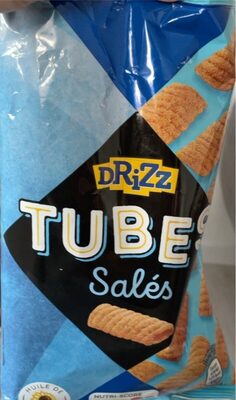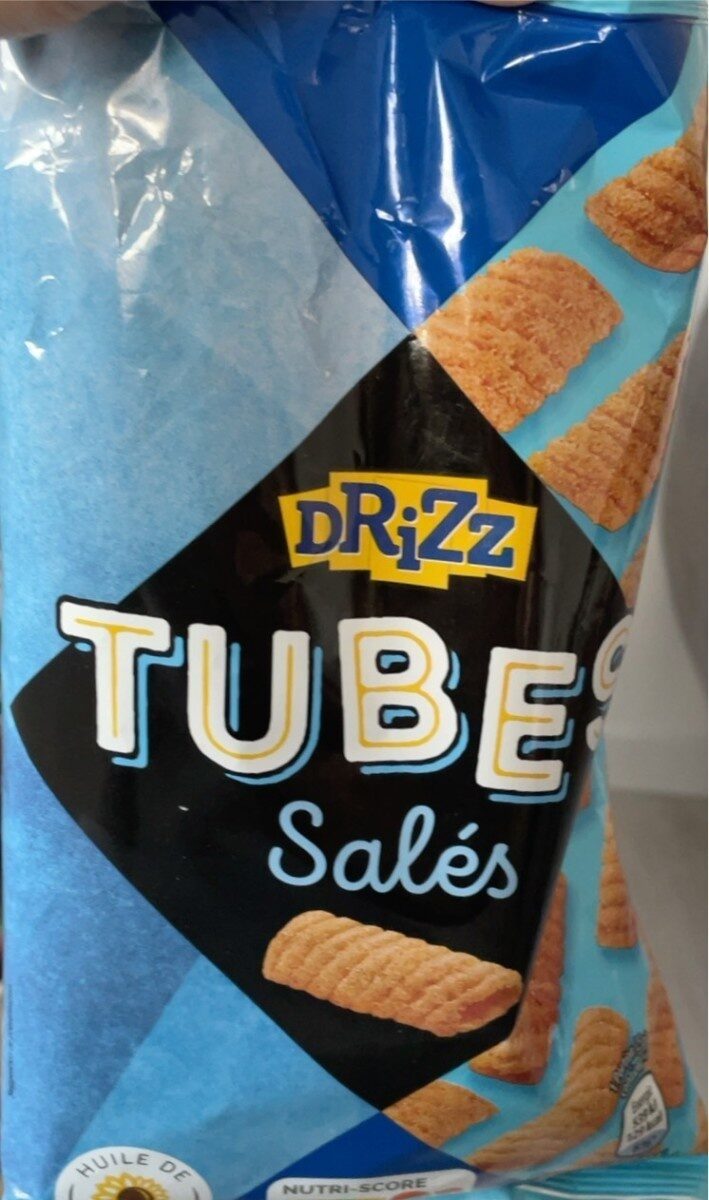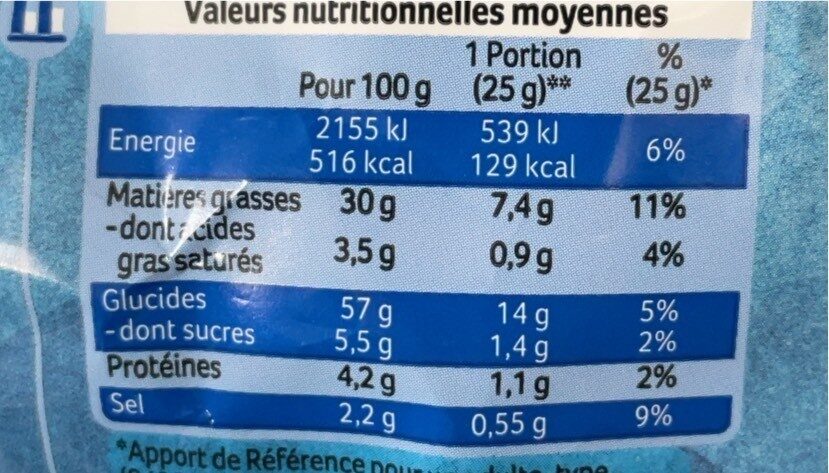Tubes salés - Drizz - 125 g
Ambiguous barcode: This product has a Restricted Circulation Number barcode for products within a company. This means that different producers and stores can use the same barcode for different products.
×
This product page is not complete. You can help to complete it by editing it and adding more data from the photos we have, or by taking more photos using the app for Android or iPhone/iPad. Thank you!
×
Barcode: 26047157
Common name: Produits frits à base de maïs, riz, avoine, blé, saveur bacon
Quantity: 125 g
Brands: Drizz
Categories: Snacks, Salty snacks, Appetizers, Crackers, Puffed salty snacks, Puffed salty snacks made from maize, fr:Biscuits-aperitif-souffles-au-bacon
Labels, certifications, awards: Made in France, Nutriscore, Nutriscore Grade C, With Sunflower oil
Manufacturing or processing places: France
Stores: Aldi
Countries where sold: France
Matching with your preferences
Environment
Carbon footprint
Packaging
Transportation
Report a problem
Data sources
Product added on by tacite
Last edit of product page on by packbot.
Product page also edited by autorotate-bot, kiliweb, openfoodfacts-contributors, quechoisir, quentinbrd, roboto-app, tacite-mass-editor, yuka.A5ZYGdS1Met8MMX5_6Uw5TmbBMu-KsFpCGFWow, yuka.Er5EBuC2BuULGtzP6Ztt-hajP9m9UqMFIkImog, yuka.IIl7P8GCGtAfFcSL_Ihr3zKFSevABfQDAVQrog, yuka.SEk4dkc2TUJxZWt3b01jQytESFo5NGdyK1pHMVVtZXVHK29KSWc9PQ, yuka.UTRjbExhSXp1YWd4bXYwOTRUT0o2L01wd0xxU0JVZnZGdmdYSVE9PQ, yuka.sY2b0xO6T85zoF3NwEKvlmYWdNj6sjD9BiPWn2HRn4-cPoHRUch3wazxPKg, yuka.sY2b0xO6T85zoF3NwEKvlmwWa9zAiALZaSPtmUuyyNukN7i5Rf97xq7CHKs.










